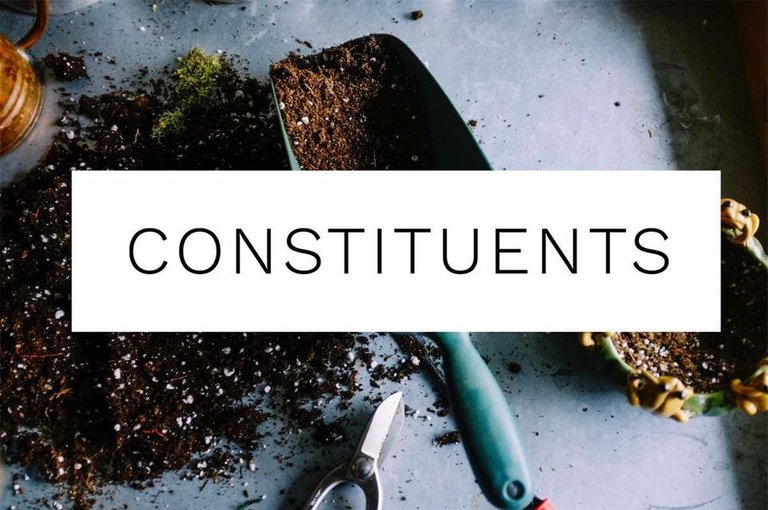The BASICS of Essential Oils - Constituents

The power of an essential oil lies in its constituents and their synergy. I am going to get a bit more science-y here….but stick with me. Essential oils can be subdivided into two distinct groups of chemical constituents; the hydrocarbons which are made up almost exclusively of terpenes (monoterpenes, sesquiterpenes, and diterpenes), and the oxygenated compounds which are mainly esters, aldehydes, ketones, alcohols, phenols, and oxides. Did you just read that as blah, blah, too much science, blah? I know!.....Just keep reading.
Why is this important? The more you know about the constituents of the oils, the more you know about how to use specific essential oils to maximize their benefits in order to improve your wellness and support the body’s systems. Knowing an oil’s constituents will help you decide which oils to blend together in order to maximize their benefits to your wellness.
I will break down a few of the constituents:
Esters – Esters are the most relaxing, calming and balancing of all the essential oil constituents.
What Essential oils that have a High Percentage of Esters? Bergamot, Valerian and Roman Chamomile.
Oils high in Phenol constituents are believed to boost the immune system and stimulate the nervous system. What oils are high in Phenols? Clove Vitality and Cinnamon Vitality.
High Sesquiterpene oils can produce profound effects on emotions and hormonal balance. What oils are high in sesquiterpenes? Cedarwood, Patchouli, Vetiver, and Myrhh.
High Oxide oils are known for ease of breathing. What oils are high in Oxides? Eucalyptus, Rosemary and Thyme.
Here is an example of the Essential Oil Chemistry Profile of Grapefruit oil:
Grapefruit contains 86-92% d-limonene! D-limonene is a highly regarded antioxidant and is a monoterpene.
Grapefruit contains 90-95% monoterpenes, 3-8% Tetraterpenes, 1-3% Aldehydes, and less than 3% Furanocoumarins, Sesquiterpenones, Alcohols and Thiols. Based up the chemistry profile, Grapefruit has cleansing properties because it is a mostly made of monoterpenes! Add a drop of Grapefruit Vitality to your glass of water every day.
If you want to learn more about constituents in order to determine which oils may best support your wellness needs, David Stewart's book “The Chemistry of Essential Oils (Made Simple)” is a great reference for you to have on hand.
Note: This is taken from my own FB oil group. #loyaloilfamilies. It has also been shared with other oily groups.
Hi! I am a robot. I just upvoted you! I found similar content that readers might be interested in:
http://www.experience-essential-oils.com/chemistry-of-essential-oil.html